The Tigon flower, also known as the Impatiens balsamina, is a woody plant with small flowers clustered together in vibrant colors. When mentioning the Tigon flower, people often immediately think of it as a symbol of sadness in love. However, that is just one of the many meanings associated with this flower.
What is the tigon flower?
The Tigon flower, also known as the Bleeding Heart Vine or Antigonon, scientifically named Antigonon leptopus, is a plant belonging to the Polygonaceae family and originates from Mexico. It is known for its adaptability and drought tolerance, allowing it to thrive in various regions worldwide, including dry areas, particularly in warm climates.
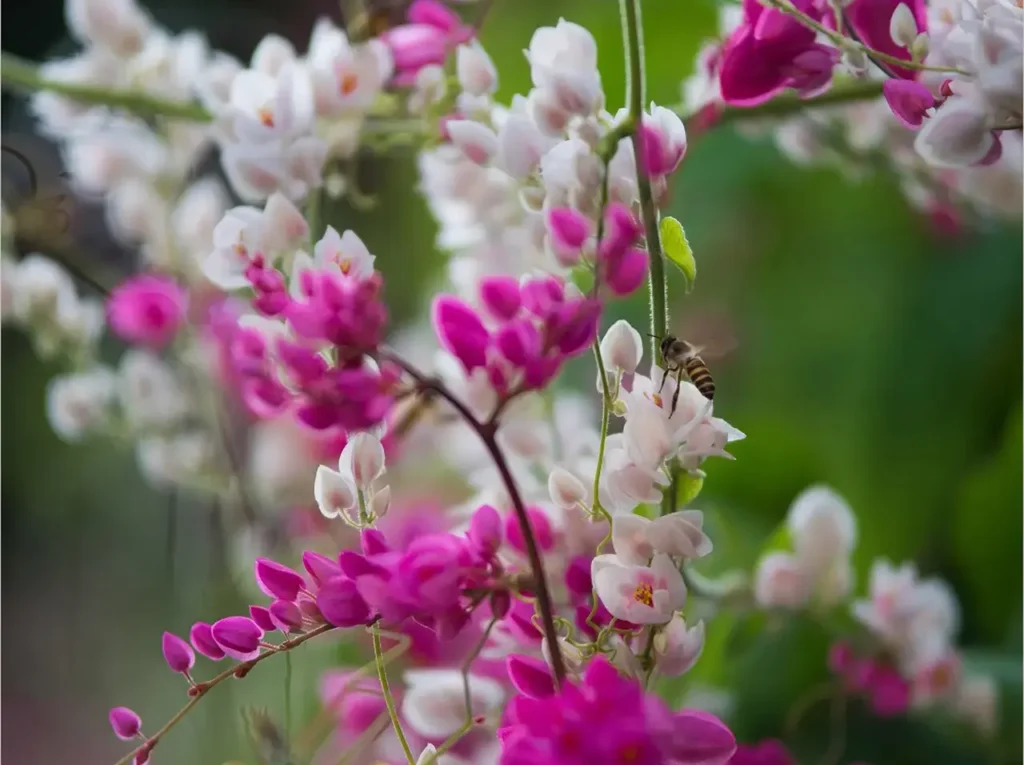
The Tigon plant is a small woody vine with a climbing growth habit. It grows by intertwining its stems and produces numerous tendrils that wrap around trellises or other plants for support. The plant can reach heights of up to several meters. The stems are slender and flexible, initially green in color, and become woody as they mature.
The leaves are simple, arranged alternately along the stems, and have a heart-shaped form with pointed tips, making them visually appealing. The leaf stalks are long, and the leaf blades often have hairs on the undersides. Tigon flowers typically grow in clusters at the ends of branches, with flower stalks reaching about 20 cm in length. The flowers have five petals and, when unopened, resemble assembled heart-shaped pieces. When in full bloom, the heart-shaped structures unfold to reveal the stamens and pistil within. Perhaps because of this unique characteristic, the flower has been given the special name “Bleeding Heart.”
Tigon flowers can come in white, pink, or coral red colors. While they can bloom throughout the year, their peak blooming period is during the summer, particularly in April and May. Although they can tolerate dry soil, they thrive and produce more flowers with ample sunlight and moist soil.
One lesser-known fact about this plant is that it has tubers and fruits. The tubers usually grow deep underground, while the fruits have a cone-like shape and initially remain within the flower. When ripe, the fruits turn shiny brown. Tigon plants are commonly propagated through seeds or stem cuttings.
Pink Tigon images
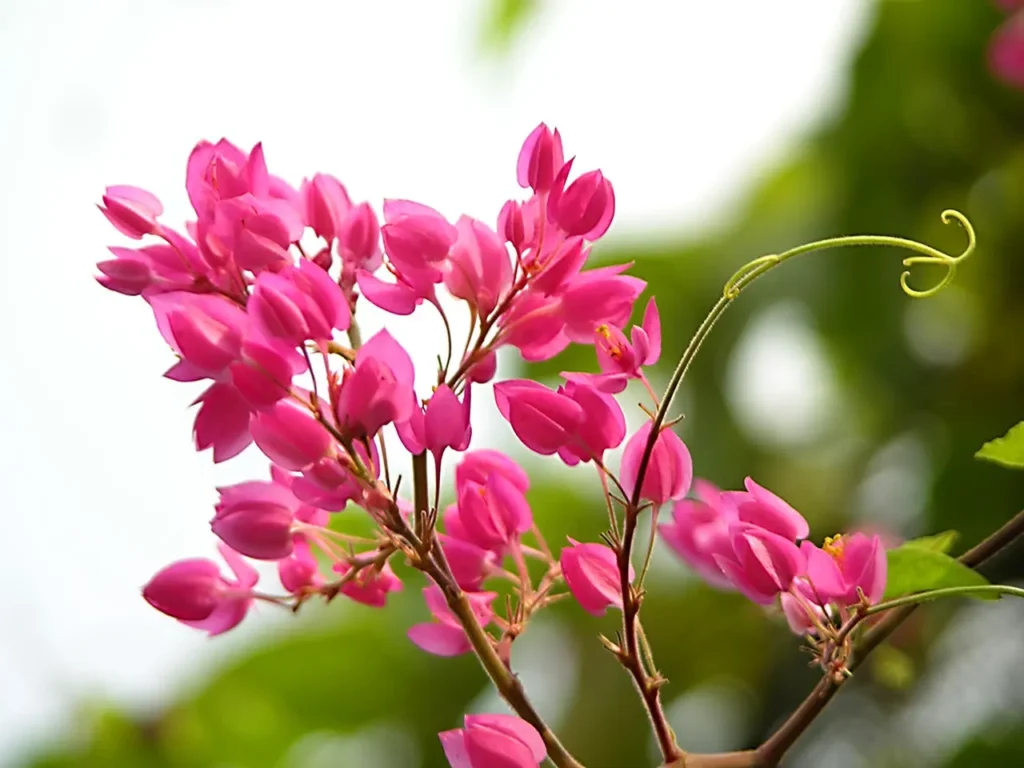


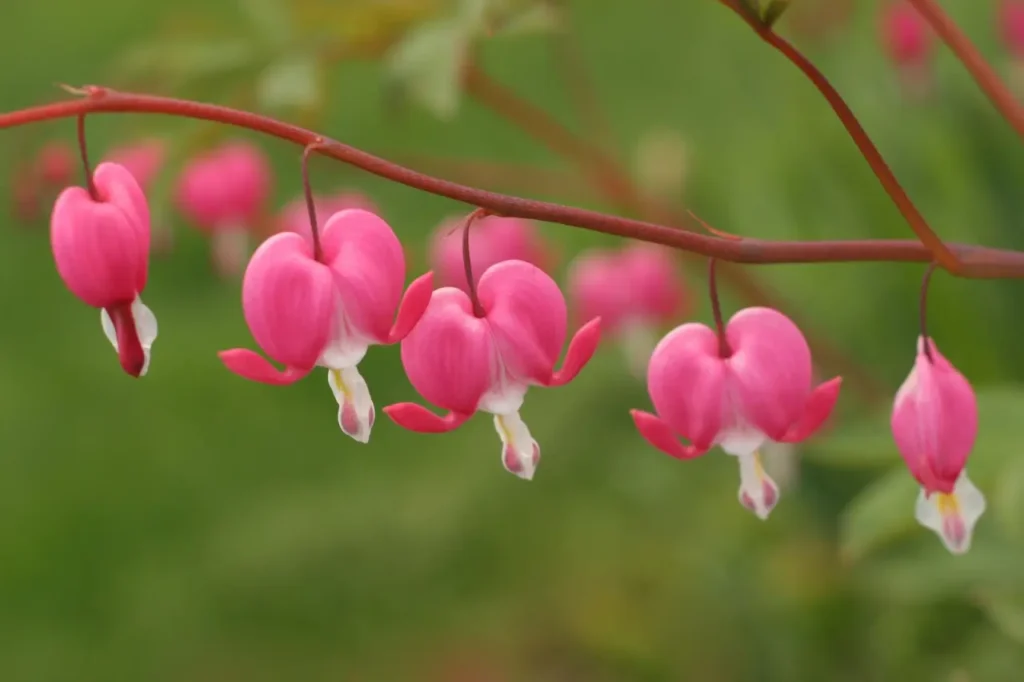


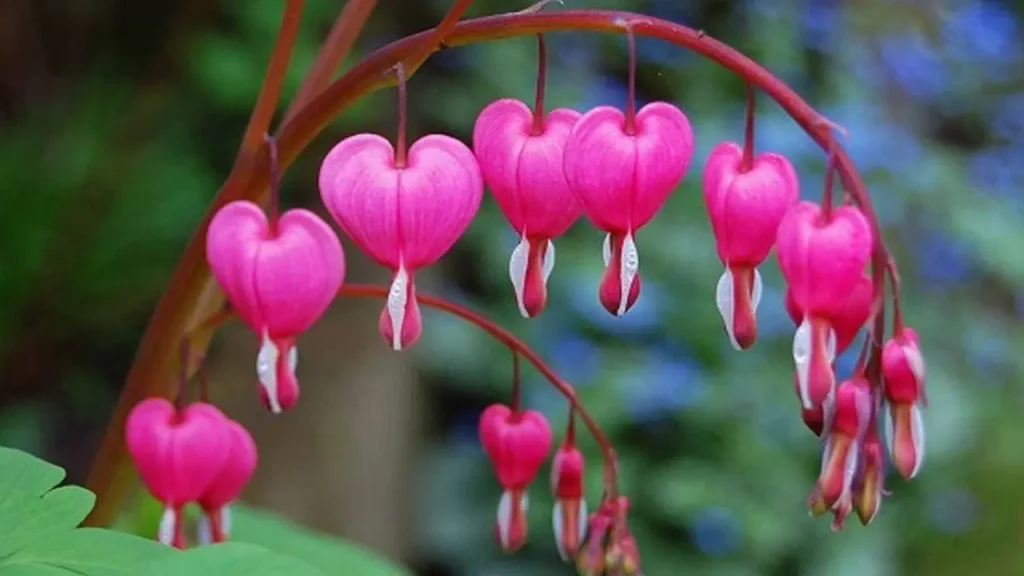
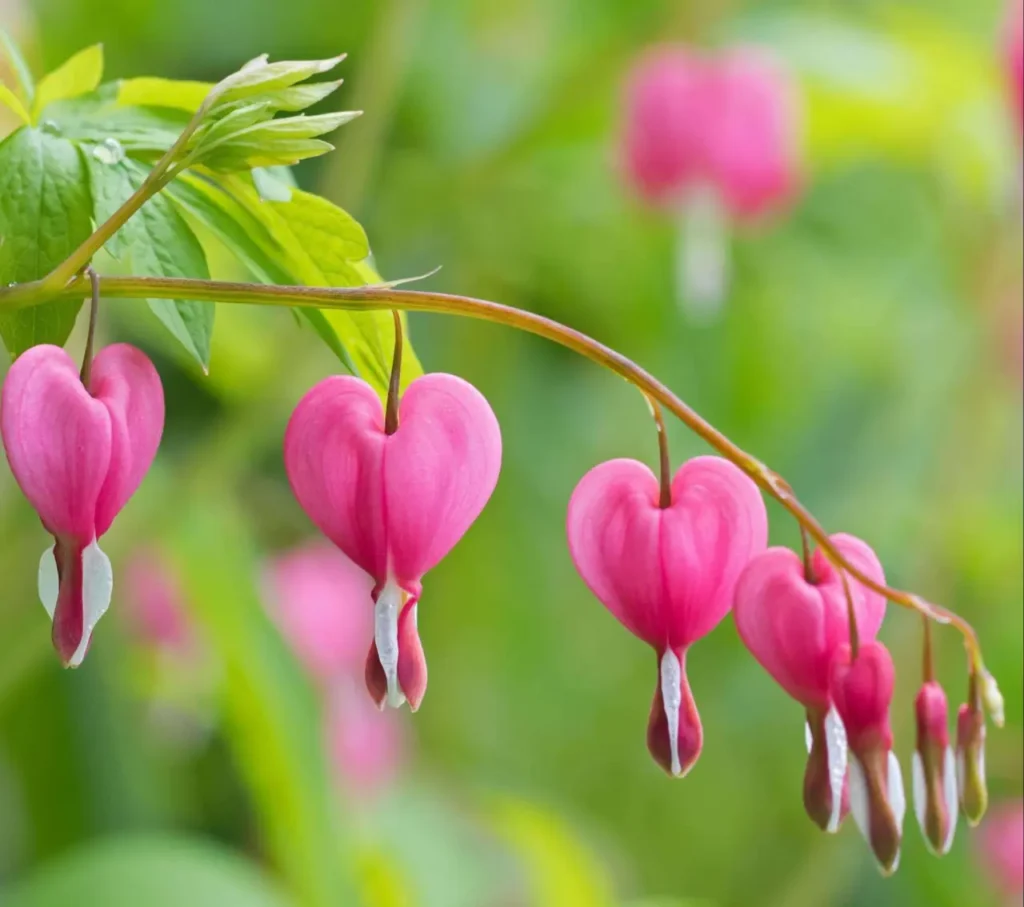


Legend of the Tigon Flower
Throughout the ages, people have passed down the heart-wrenching love story of this flower.
Long ago, there was a girl named Tigon. She was the daughter of a powerful prison warden, belonging to a wealthy and prosperous family. Tigon possessed beauty, dreams, and the vibrant energy of youth. Especially captivating was her mesmerizing voice, capable of enchanting anyone who heard it. Whenever she sang, humans and birds alike were spellbound. With her beauty and captivating voice, Tigon gained the attention of many eligible bachelors in the village. Numerous suitors came bearing gifts, seeking her hand in marriage. Tigon’s family desired to marry her off to a prestigious suitor, a prison warden from a neighboring village.
However, despite the persistent pursuit of countless young men, including the prison warden, none could win Tigon’s heart. What Tigon’s parents didn’t know was that the one who had captured Tigon’s heart was a poor young man from the region. This young man, named Phonin, grew up in poverty and was an orphan. He lived in a rundown shack. Despite his impoverished circumstances, their love remained unchanged. Tigon and Phonin secretly met and loved each other, exchanging sincere hearts and lifelong vows.
One day, Tigon’s family discovered their relationship. Tigon’s father deceitfully lured Phonin into the deep forest and brutally killed him. Tigon was imprisoned in a secluded room, awaiting the day of her forced marriage to the prison warden. Since their separation, Tigon’s heart shattered into pieces. She lost her appetite, and her voice no longer soared.
Night and day, Tigon suffered in longing for Phonin, her mouth constantly uttering his name. Then, one evening when the vigilance of her captors was relaxed, she managed to escape. Immediately, she ran straight into the deep forest. She ran and ran, tears streaming down her face, her mind consumed by thoughts of finding her beloved. She ran deep into the forest, without direction or destination. Until she could run no more, she collapsed beside the ancient roots of a towering tree, her lips still murmuring the name of her beloved.
After days of searching, people found her beneath the roots of the ancient tree. Where she had fallen, they discovered a new plant sprouting. Its vine climbed vigorously, displaying lush green leaves and blossoming tiny flowers in the shape of broken hearts, symbolizing her shattered love. This flower was named Tigon, in honor of the girl, and many also referred to it as the “Broken Heart” flower.
White Tigon images

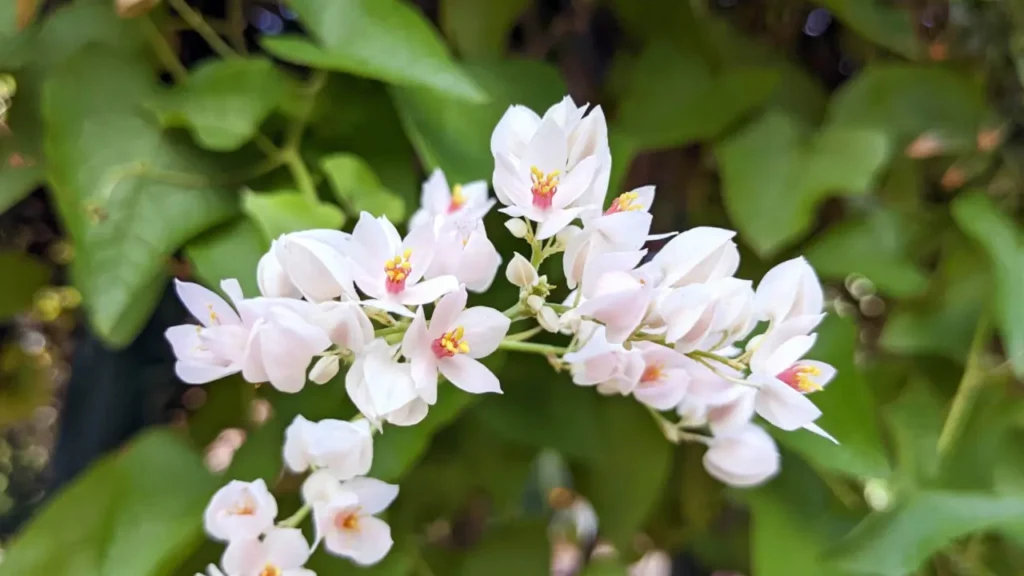
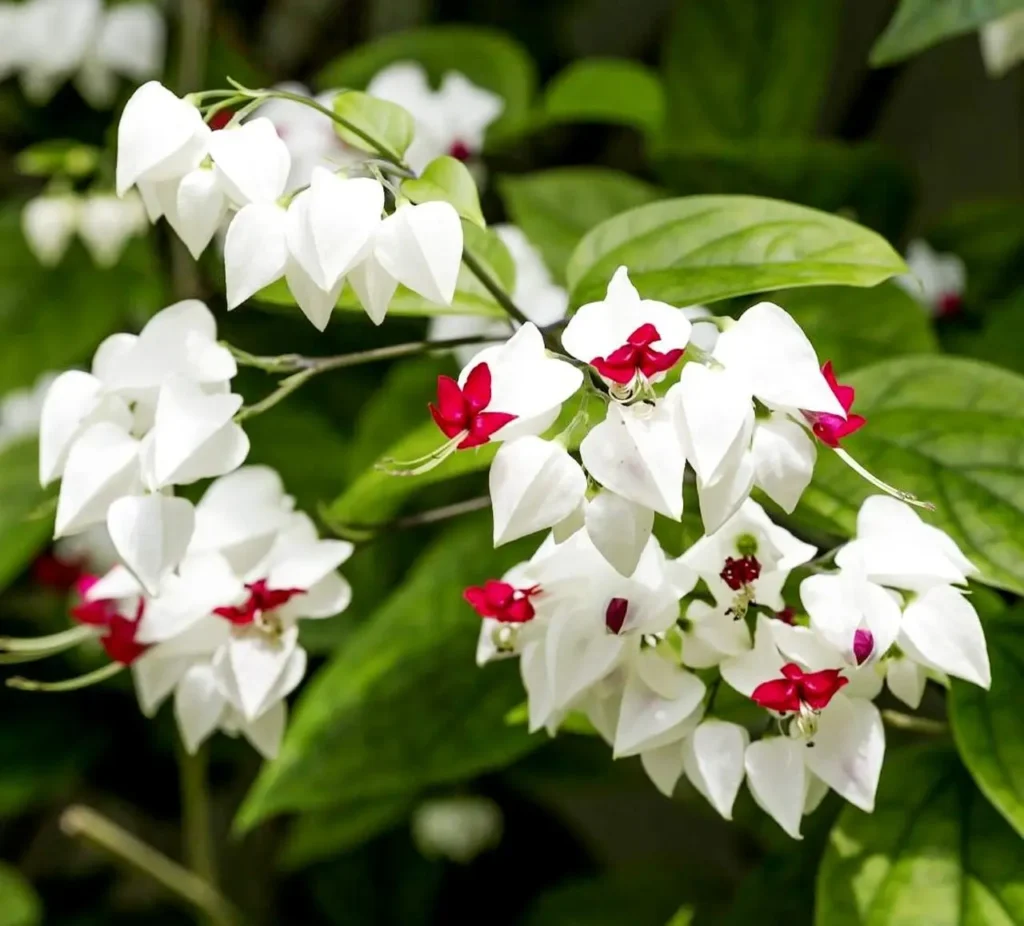
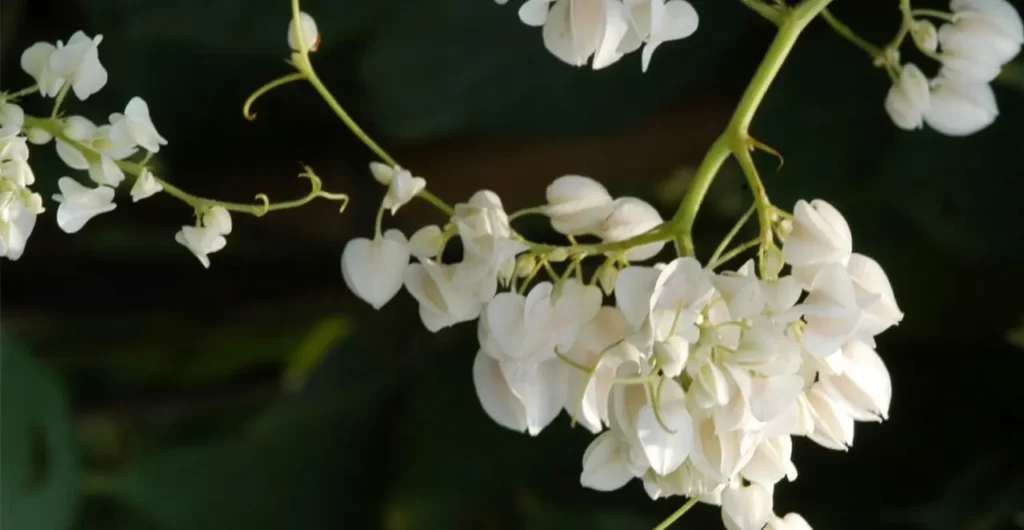
The meaning of the Tigon flower
Every flower has its own special meaning. And the Tigon flower also holds a significant meaning.
The Tigon flower symbolizes separation in love
The story of the Tigon flower contains sadness, loss, and separation, evoking sympathy and compassion when someone hears the story. It is because of this story and the name “Tan Vo” (Broken Heart) that this flower has become a symbol of love’s breakup. Due to its association with separation, many people believe that this flower brings no luck to their love. As a result, they develop a dislike for it and associate it with an unfavorable reputation.
However, it is still a flower like any other. And in reality, its appearance resembles a broken heart, but it has no direct connection to the breakup of your own relationships. Therefore, do not assume that this flower is responsible for the failure of your love story; instead, look at the truth within our own relationships.
The Tigon flower – a beautiful symbol in family relationships
In addition to being a symbol of romantic love, the Tigon flower represents filial piety in family relationships. Presenting Tigon flowers to one’s parents is a way for children to express gratitude for the sacrifices and care their parents have provided. I
n reality, Tigon flowers are not limited to parents and lovers. For beloved ones beside you, gift them white Tigon flowers to convey reproach for someone who has broken a promise to you and to remind them to keep their promises in the future. And gift pink Tigon flowers to express that you are thinking of them.
The meaning of the Tigon flower varies according to its color
The Tigon flower comes in three common colors: red, pink, and white. Each color of the Tigon flower carries its own messages and meanings. Here are the complete meanings of the Tigon flower based on its colors:
- Red Tigon: Symbolizes passionate and intense love. This color is often chosen to express romantic love and the excitement in relationships.
- White Tigon: Represents purity, innocence, and brightness. White is often selected as a gift for special occasions such as weddings, birthdays, or to show respect and devotion in relationships.
- Pink Tigon: Signifies love, affection, and gentleness. Pink is commonly used to express sweet love, care, and family love.
Additionally, there can be other meanings depending on the specific context and culture of each country or region.
Red Tigon images
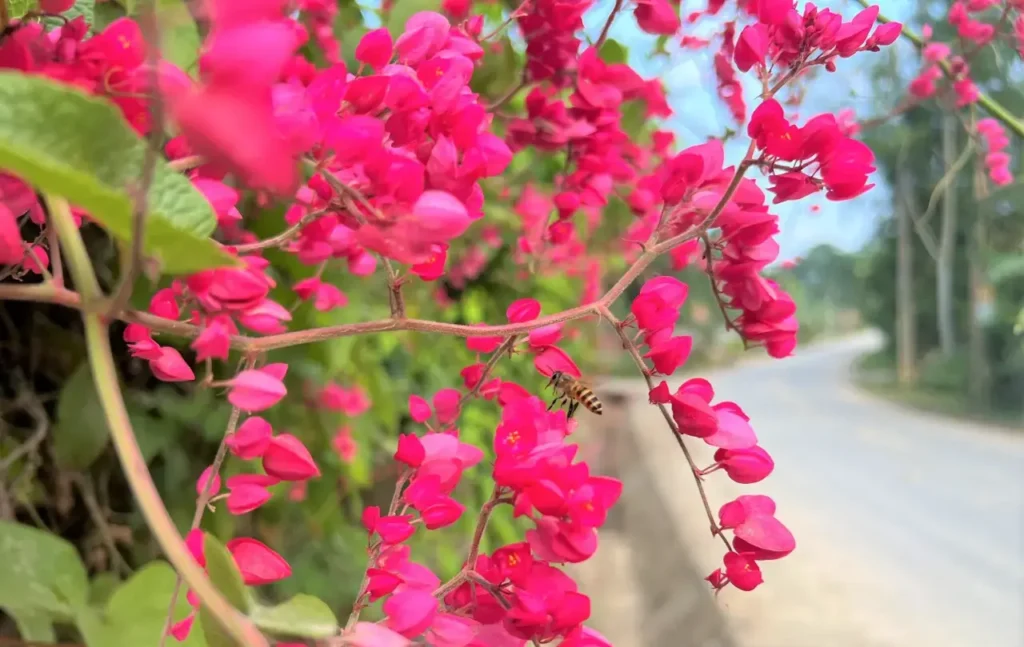
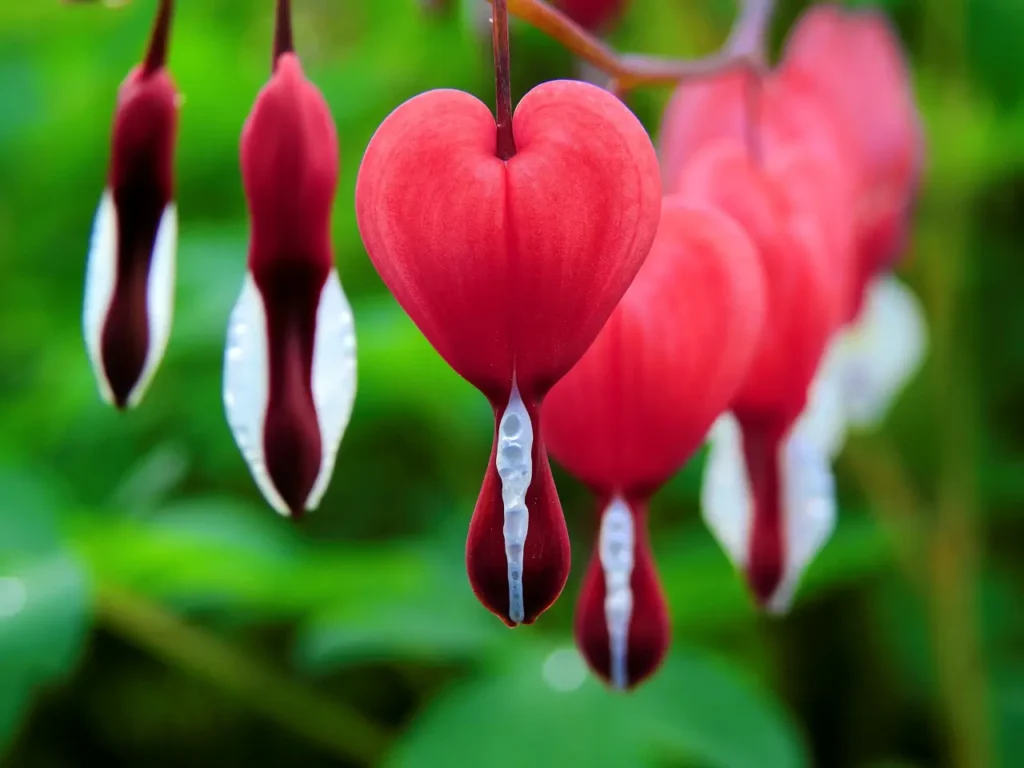


Who should you give Tigon flowers to?
Tigon flowers are primarily grown for decorative purposes in gardens. They are rarely chosen as gifts. However, if you wish, you can still choose Tigon flowers to send to your loved ones, friends, to show your love, appreciation, and affection for them.







